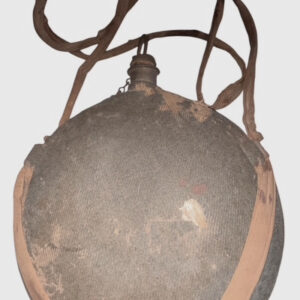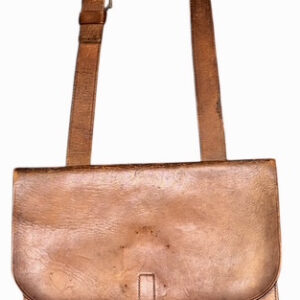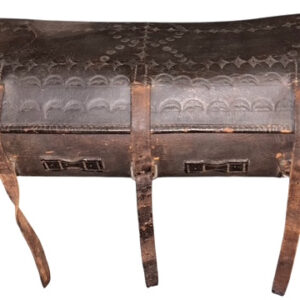ShopJanuary 2, 2026
-
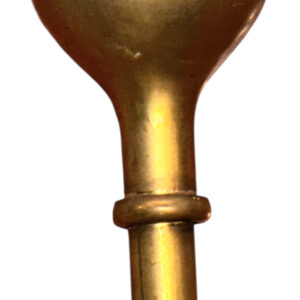
Civil War Brass Band Drum Major’s Baton or Mace
$450Civil War Brass Band Drum Major’s Baton or MaceJanuary 2, 2026 -
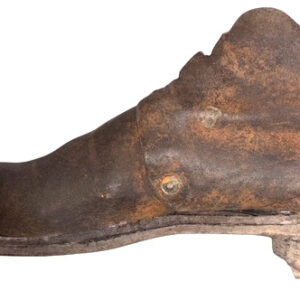
Civil War US Army Issue Brogan or Jefferson Bootee Excavated at Ft. Pembina in North Dakota
$850Civil War US Army Issue Brogan or Jefferson Bootee Excavated at Ft. Pembina in North DakotaDecember 31, 2025 -
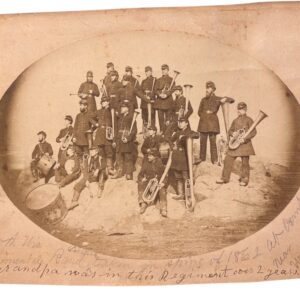
Albumen of the 5th Wisconsin Regimental Band – Image Taken at Camp Griffin, Va. in 1861
Albumen of the 5th Wisconsin Regimental Band – Image Taken at Camp Griffin, Va. in 1861December 31, 2025 -

Pattern 1853 Enfield or Tower Rifled Musket with Original Bayonet – Lock Dated 1862
$1,750Pattern 1853 Enfield or Tower Rifled Musket with Original Bayonet – Lock Dated 1862December 30, 2025 -
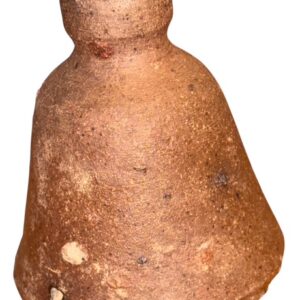
Confederate Crudely Made Cone-Shaped Clay Inkwell
$160Confederate Crudely Made Cone-Shaped Clay InkwellDecember 29, 2025 -
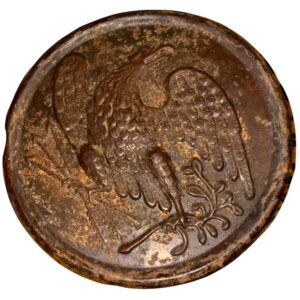
Dug Burnside Style Eagle Breast Plate
$625Dug Burnside Style Eagle Breast PlateDecember 29, 2025 -

U.S. Model 1816 Harpers Ferry Arsenal Flintlock Dated 1833 Converted During the Civil War to Percussion with Original Socket Bayonet
$1,750U.S. Model 1816 Harpers Ferry Arsenal Flintlock Dated 1833 Converted During the Civil War to Percussion with Original Socket BayonetDecember 29, 2025 -
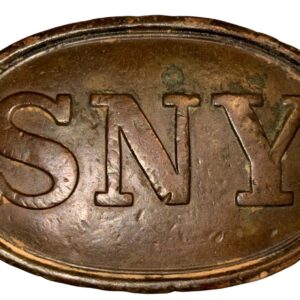
Excavated Civil War SNY (State of New York) Belt Plate
$575Excavated Civil War SNY (State of New York) Belt PlateDecember 28, 2025 -
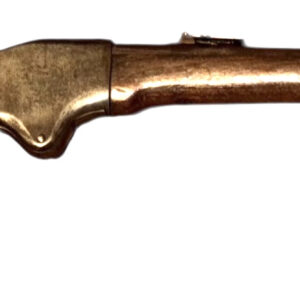
Civil War Model 1860 Spencer Carbine
$2,650Civil War Model 1860 Spencer CarbineDecember 28, 2025 -
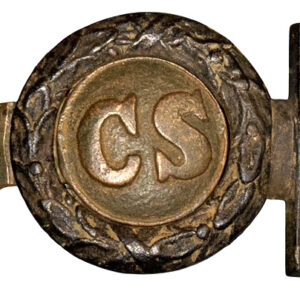
Dug Confederate CS Two-Piece Belt Plate
$2,450Dug Confederate CS Two-Piece Belt PlateDecember 28, 2025 -
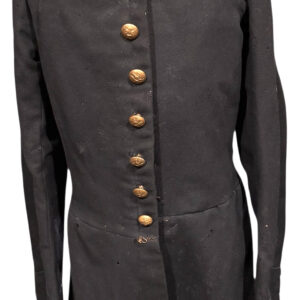
Doubly Id’d M1858 Civil War Enlisted Man’s Nine Button Infantry Frock Coat with Original Shoulder Scales – Pvt. Benjamin F. Clark Co. E 125th NY Infantry and Pvt. A. B. Clark Co. C 125th NY Infantry
$4,950Doubly Id’d M1858 Civil War Enlisted Man’s Nine Button Infantry Frock Coat with Original Shoulder Scales – Pvt. Benjamin F. Clark Co. E 125th NY Infantry and Pvt. A. B. Clark Co. C 125th NY InfantryDecember 27, 2025 -
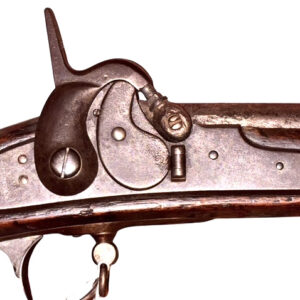
US Model 1816 Flintlock .69 Cal. Musket Converted to the Maynard Tape Primer System by Remington in 1858
$1,750US Model 1816 Flintlock .69 Cal. Musket Converted to the Maynard Tape Primer System by Remington in 1858December 26, 2025 -
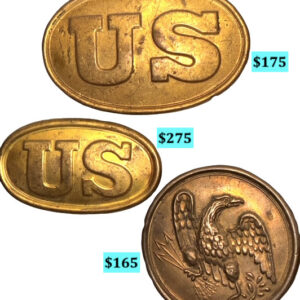
Possibly Unissued US Plates – “Baby” U.S. Cartridge Box Plate, Civil War Period U.S. Cartridge Box Plate and Eagle Breast Plate
Possibly Unissued US Plates – “Baby” U.S. Cartridge Box Plate, Civil War Period U.S. Cartridge Box Plate and Eagle Breast PlateDecember 23, 2025 -
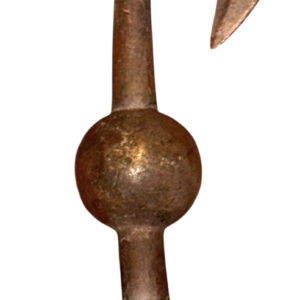
Mid-19th Century Halberd Style Cast Brass Flagpole Finial
$650Mid-19th Century Halberd Style Cast Brass Flagpole FinialDecember 23, 2025 -
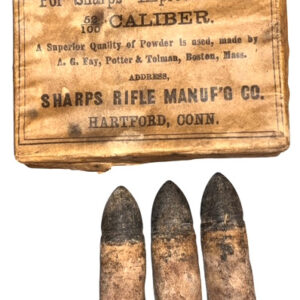
Original Civil War Period Box of Sharps Carbine and Rifle Cartridges Containing Three Remaining Sharps Linen Cartridges
$575Original Civil War Period Box of Sharps Carbine and Rifle Cartridges Containing Three Remaining Sharps Linen CartridgesDecember 19, 2025 -
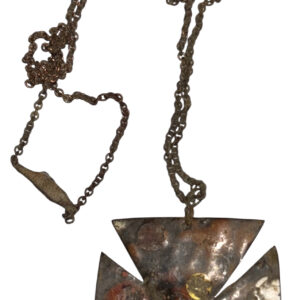
Excavated Soldier Created Copper 5th Corps Badge– Dug at the Wilderness
Excavated Soldier Created Copper 5th Corps Badge– Dug at the WildernessDecember 18, 2025 -
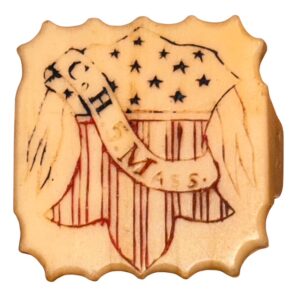
Regimentally and Company Id’d Civil War Bone Cravat or Neckerchief Slide
$350Regimentally and Company Id’d Civil War Bone Cravat or Neckerchief SlideDecember 14, 2025

